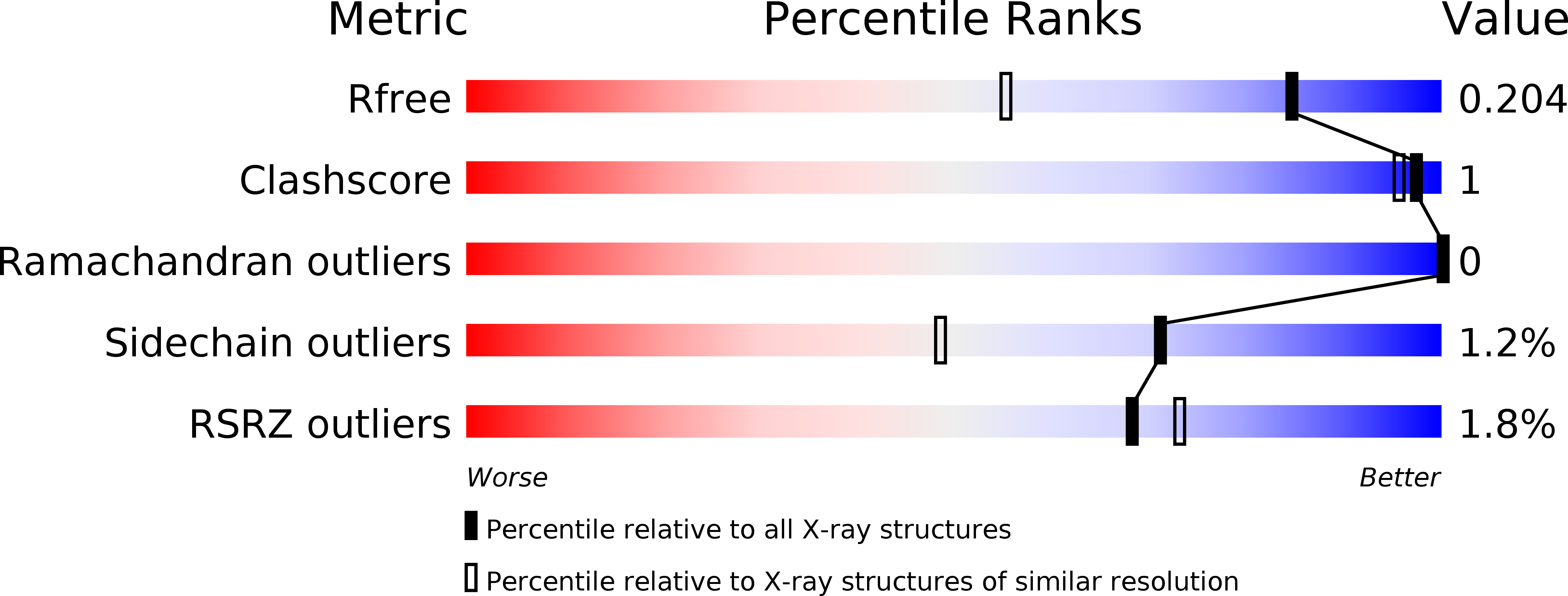
Deposition Date
2017-11-13
Release Date
2018-05-23
Last Version Date
2023-10-04
Entry Detail
PDB ID:
6BM6
Keywords:
Title:
Crystal Structure of the MetH Reactivation Domain bound to AdoHcy
Biological Source:
Source Organism:
Escherichia coli (Taxon ID: 83333)
Host Organism:
Method Details:
Experimental Method:
Resolution:
1.50 Å
R-Value Free:
0.20
R-Value Work:
0.16
R-Value Observed:
0.16
Space Group:
P 21 21 21


